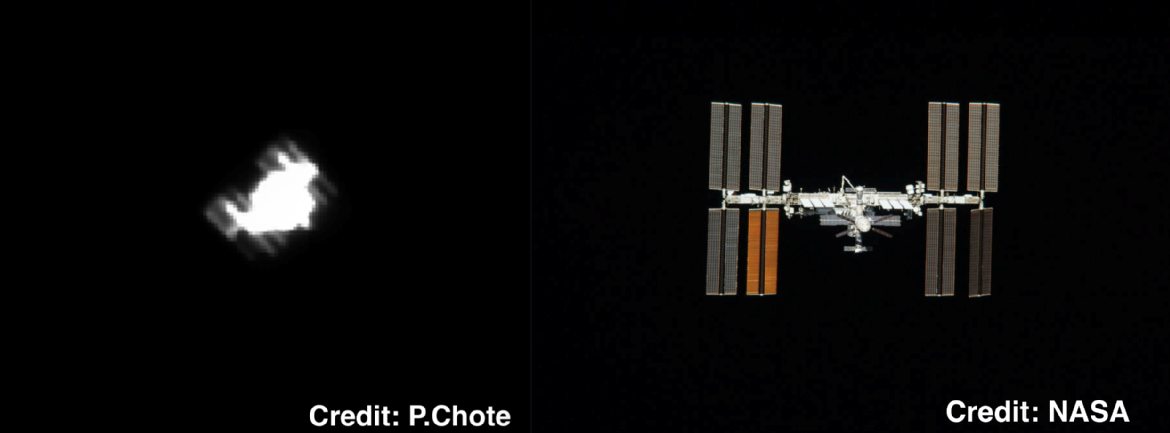Astronomy at a distance: Seeing satellites
It’s not just stars, planets and meteors that fill our night sky. Our planet is also orbited by spacecraft that you can spot – if you know where and when, explains Professor Don Pollacco, the science coordinator for the upcoming space telescope PLATO.
Over the last 60 years humans have been launching satellites into space. The best known example is the International Space Station (ISS) which was built on the ground and assembled in space – thanks to the efforts of 15 countries. Since its launch in 1998 it has been continuously crewed. While the ISS is usually used for science and research, most satellites are used for commercial purposes such as TV or other communications and have become vital to our way of life.
The UK Government even considers the risk of disruption of the satellite system significant and has put in place a number of studies to mitigate this risk.
You might be surprised to hear that you can see many satellites with just your eyes - but you have to know when and where to look. Fortunately, there’s plenty of websites that can give you this information. One of the best is called Heavens-Above which once you have set your location on the Earth, can tell you which satellites are visible. Most satellites are actually orbiting the Earth just a few hundred kilometers above the ground. Because they so close to the Earth during the night you can’t easily see them as they are shielded from the Sun’s light by the Earth (ie they are in the shadow of the Earth). However, during twilight they are usually really easy to see.
Depending on their orbit a satellite might be visible for maybe ten minutes as it moves across the sky. The ISS is one of the brighter satellites and can often be brighter than any star. By eye, the ISS looks like a star but even a small telescope can show the solar panels and other structures.

Heavens-Above can show you predictions for many satellites. Recently, one company called SpaceX, has started launching hundreds of satellites into low altitude orbits. Each rocket launch from Florida in the USA holds about 60 satellites and will often pass overhead of us in the UK soon after launch. This has led to some impressive views after the satellites have been released.
Sometimes you can spot the individual satellites all in a row - like a string of pearls.
There are lots of other satellites, some of these are operational but many are defunct and we need to find a way to remove them from orbit before we pollute the sky too much. If you observe a few objects you’ll notice that many change brightness as you watch them and as they pass your location. This is because as they move along their orbit, the sun shines on different parts of the spacecraft which reflect light towards us differently.
In the future many companies and governments have plans to launch thousands more spacecraft, so the sky will become extremely busy with hundreds of satellites visible at the same time. Some think this will detract from our views of the stars but at least this will only occur during twilight.
Published:
15 May 2020
About:
The Astronomy and Astrophysics group at Warwick is interested in a huge range of scales across the Universe: planetary systems, how they form, live and die; stars, stellar binaries and and the exotic physical processes that they allow us to explore; as well as the transient events which mark the end of stellar lifetimes and the galaxies stars inhabit across the Universe. The group started in September 2003 and is both an observational and theoretical group. The group makes use of a wide range of ground-based telescopes, such as ESO's Very Large Telescope (VLT) in Chile and the Isaac Newton Group of telescopes (ING) in the Canary Islands, or the Atacama Large Millimetre Array (ALMA), as well as space telescopes such as NASA's Chandra and ESA's XMM-Newton X-ray observatories and the Hubble Space Telescope. The Warwick astro group partners in the four large spectroscopic surveys (DESI, SDSS-V, WEAVE, and 4MOST) that will start operations throughout 2020-2021.
Images - credit NASA:
https://images.nasa.gov/details-s131e011068
Terms for republishing
The text in this article is licensed under a Creative Commons Attribution 4.0 International License (CC BY 4.0).
Share


